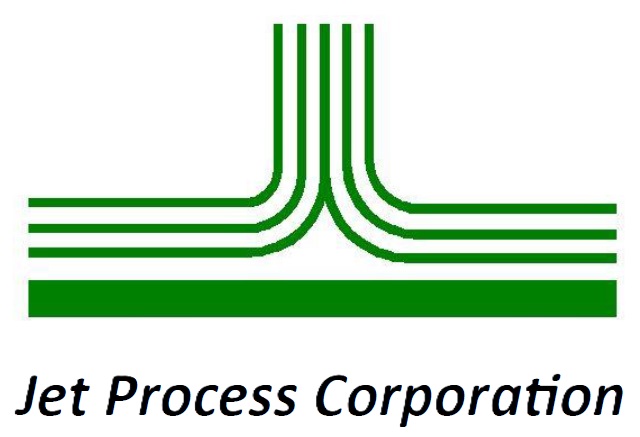JVD™ Solder Advantages
Home / Solder Coatings / JVD™ Solder Advantages
For solder and ancillary metal deposition, the JVD approach, jet sources, and relative motion schemes provide many benefits.
WIDE RANGE OF SOLDERS | Many common lead free solders used in microelectronics, such as:
|
ADHESION/BARRIER METALS | Ti, Cr, Ni, Ti/Pt/Au and Ti/Ni/Au stacks |
RELATED METALS | Au, Ag, Sn |
SUBSTRATE MATERIALS | Most wafers up to 8″ diameter, eg: Si, glass, InP, SiC, etc. Most ceramic or semiconductor boards and thin substrates that fit inside an 8″ circle, eg: AlN, GaAs, Al₂O₃, BeO, etc. Heatsinks, eg: Cu, CuW, etc. |
SUBSTRATE SIZE | Wafers: 2″, 3″, 4″, 6″, 8″ Square and rectangular substrates up to 6″ per side, down to small heatsinks of millimeter dimensions |
SINGLE WAFER PROCESSES | 2″ to 8″ diameter wafers, or multiple substrates that fit inside the scan zone |
BATCH PROCESSES | 4″ wafers or 4″ x 4″ batches |
THICKNESS RANGE | Solders, 1 to 20 microns Adhesion/diffusion layers, typically 1,000 to 2,500 Å |
HIGH DEPOSITION RATES | Example: 5 microns solder on a 6″ wafer ~ 25 minutes. Additional time for other processing steps. The “high” pressure of JVD implies high metal atoms concentration in jet; therefore, high deposition rates. |
ALLOY DEPOSITION | Alloy components deposit together rather than as separate layers. |
ACCURATE COMPOSITION | Metal vapor deposited from the jet preserves the starting alloy composition. |
THICKNESS CONTROL | Plus/minus 10% across deposition surface |
“ION ETCH” PRE-CLEAN | In situ low ion energy Ar+ etch, high density plasma for residual resist removal. Other available in situ pre-clean techniques include RF oxygen plasma and microwave discharge O atom exposure. |
MINIMAL MATERIAL WASTE | Typical capture efficiencies in the jet are ~ 90%. |
LOW TEMPERATURE PROCESSING | Fast relative motion of substrate keeps its temperature low due to short residence time facing jet source energy. Maximum final wafer T of most single metal processes is less than 90°C. For multiple metal stacks, including those with high melt T materials, final wafer T can reach up to 110-120ºC. |
PHOTORESIST AND LIFTOFF COMPATIBILITY | The JVD process is compatible with most photoresists that are applied and processed according to manufacturer directions. Low process T avoids thermal damage to the photoresist mask. |
NANOCLUSTER DEPOSITION | In the nozzle and jet, JVD flow and pressure conditions can be easily modified to promote nucleation, growth, and deposition of nanoclusters at very high rates. Cluster deposition, which is highly directional, is advantageous for solder bumps because the high inertia of the accelerated, heavier clusters gives trajectories almost exactly perpendicular to the wafer. In consequence, there is little shadowing by resist walls, and since sidewall deposition is also reduced, there is reduced breadloafing. For small windows in the resist where the aspect ratio is high, hole filling by nanoclusters is extremely efficient. We put this key nanocluster capability of JVD to increasing use in making small bumps in dense arrays. |
CLEAN AND GREEN OPERATION | With starting materials of pure metals, there are no toxic precursors or effluents, and high capture efficiency minimizes waste. Nanocluster mode operation is particularly effective in concentrating the deposit. For additional information, click on the following link for the 2011 EPA SBIR success story in “Science Matters” newsletter: www.epa.gov/sites/production/files/2015-06/documents/jetprocess.pdf |
COMPACT DEPOSITION CHAMBERS | JVD deposition chambers are compact. The deposition tool deploys JVD’s solder deposition capabilities in a particularly concentrated form. Up to 4 different jet sources, specific to the coating menu, are arranged on the chamber, for example, Ti, Pt, AuSn and Au. The spinning substrate visits each material source in turn, and is scanned to build up a complete material layer or metal stack. |
www.epa.gov/sites/production/files/2015-06/documents/jetprocess.pdf
